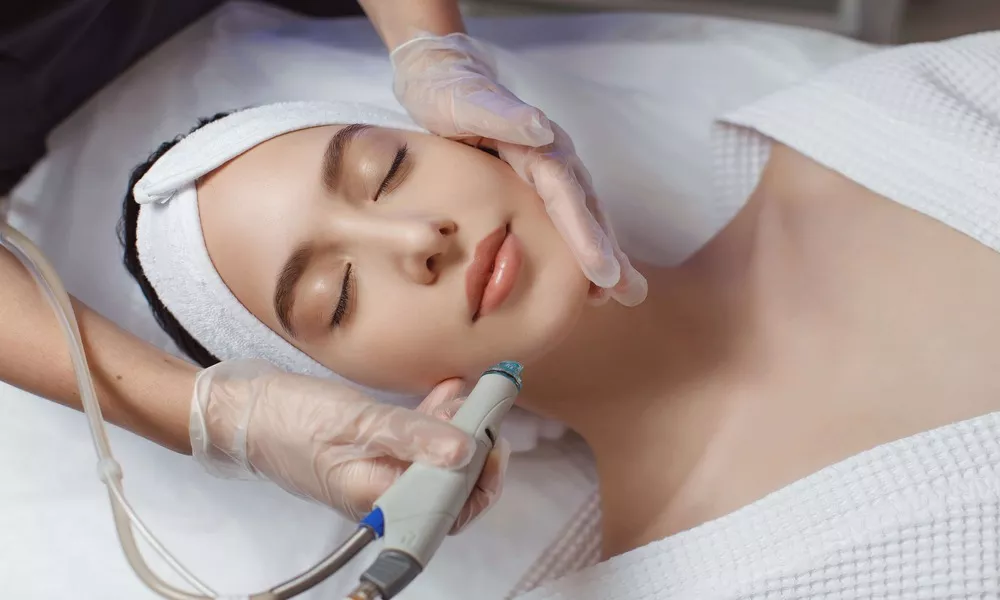
Hair Health and Hair Transplant: A Holistic Approach
Keep Your Nicer Strands of Strong Hair
The foundation of hair restoration lies in the overall wellness and health of the hair and scalp. A successful hair transplant is supported by proper nutrition, consistent scalp care, and lifestyle adjustments that strengthen existing hair and prepare the scalp for future follicle implantation. This comprehensive approach is essential before, during, and after surgery to prevent complications, ensure long-term results, and promote the natural, lasting growth of new hair
ColombiaHairTransplant.com – Trusted Experts
The Basics: Nutrition and Lifestyle
A balanced diet rich in protein, vitamins, and minerals supports the strength and growth of hair follicles:
- Protein is essential for the production of keratin, which helps prevent shedding caused by amino acid deficiencies.
- Iron (from lean meats and leafy greens) improves oxygen delivery to the scalp.
- Omega‑3 fatty acids (from fatty fish and nuts) support healthy scalp-cell membranes.
- Vitamin D and B-complex vitamins regulate hair growth cycles.
- Antioxidants (from fruits and vegetables) fight oxidative stress that can damage hair follicles.
- Hydration and regular physical activity enhance blood circulation, improving the delivery of nutrients and oxygen to the scalp.
- Stress management through mindfulness or light exercise helps reduce hormone-related hair loss.
Scalp Care and Pre‑Transplant Preparation
A healthy, clean scalp is crucial for optimal graft placement and survival:
- Gentle exfoliation removes dead skin and excess sebum, improving graft adhesion.
- Scalp massages increase blood flow and lymphatic drainage.
- Topical serums with peptides or growth factors prepare follicles weeks in advance.
- Avoid harsh chemical treatments, heat styling, and tight hairstyles to prevent scalp irritation.
- In the days before surgery, avoid alcohol, NSAIDs, and certain supplements to reduce bleeding risk and support healing.
Hair Restoration: Maximizing Graft Survival
Each follicular unit is handled with care during the harvesting and implantation process:
- Minimal trauma during extraction and placement reduces inflammation.
- Grafts are kept moist and well-hydrated during transport.
- Quick implantation ensures immediate oxygen and nutrient supply.
- A cool room environment helps slow graft metabolism and preserves follicle integrity.
Post‑Transplant Care: Improving New Hair Growth
The early recovery period is vital to graft success:
- Saline sprays keep grafts clean without disturbing their position.
- For the first 48 hours, avoid touching or washing the scalp.
- From day three, gentle rinsing and neutral-pH shampoo may be used.
- Topical minoxidil and low-level laser therapy (LLLT) may be introduced in the first week to stimulate early growth.
- Hats and sunscreen protect the scalp from UV damage.
Long-Term Maintenance: Ensuring Results
Post-surgery care continues well beyond the initial healing phase:
- Regular scalp massages and exfoliation prevent clogging and promote circulation.
- Continued supplementation with biotin, zinc, and vitamins C and E helps maintain strong hair and a healthy scalp.
- Limit use of heavy moisturizers, heat styling, and aggressive hair products to protect hair shaft integrity.
- Schedule annual checkups for scalp health, hair loss monitoring, and potential touch-ups.
Conclusion
A successful hair transplant journey involves more than just surgery—it requires a holistic, patient-centered approach. From nutrition and scalp care to precise surgical techniques and dedicated aftercare, every step contributes to sustainable, natural-looking results. With proper attention and support, transplanted hairs not only grow—they thrive, helping patients rediscover their confidence and identity.



